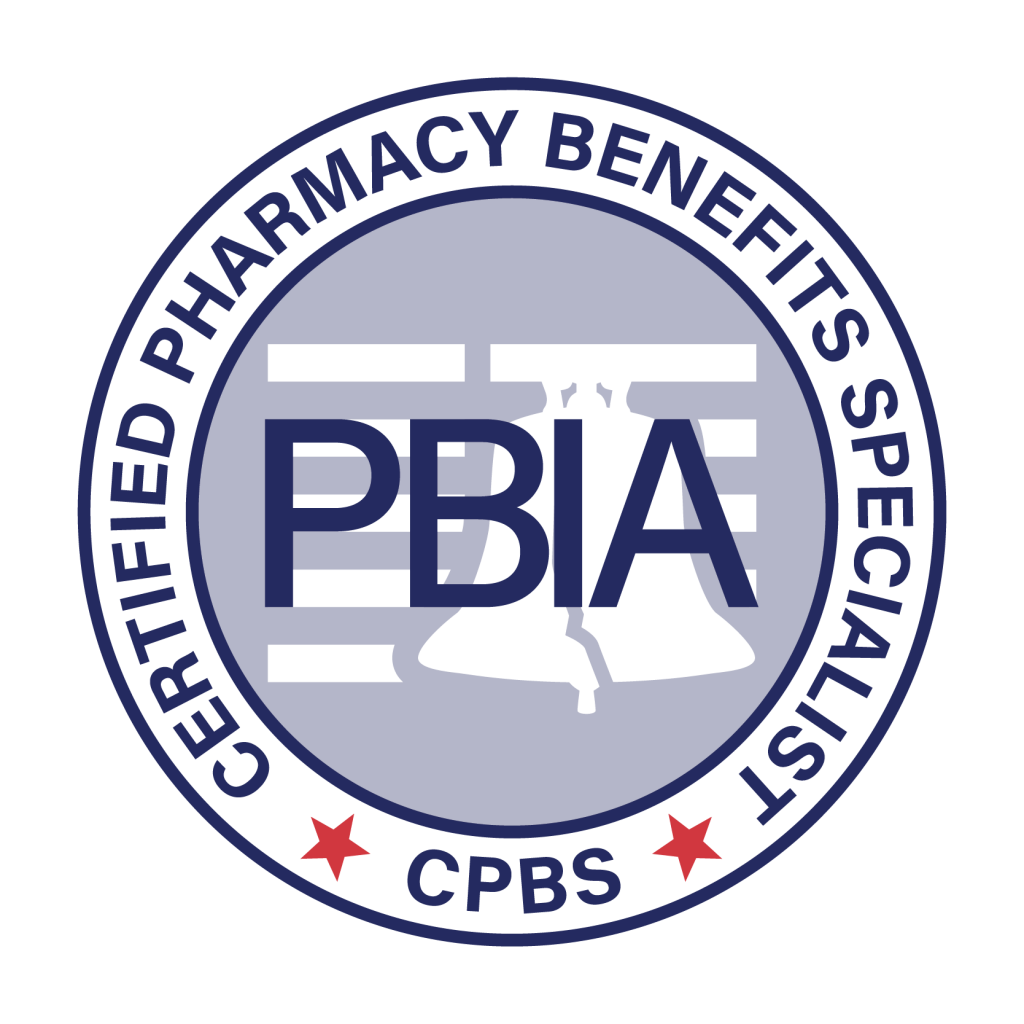News and notes from around the interweb:
- Court Rules in Favor of Cigna Over Anthem in $14.8B PBM Drug Overcharge Claim. Cigna Corp. won a key part of a six-year legal dispute in which Anthem Inc. claimed it was overcharged for pharmacy benefits services, fending off the rival health insurer’s bid for $14.8 billion in damages. Anthem isn’t entitled to the billions it claimed were owed over prescription drug prices charged by Cigna’s Express Scripts unit, a federal judge in New York ruled Thursday. The court ruled that the contract didn’t require Express Scripts to guarantee competitive prices based on benchmarks, but only that it had to negotiate in good faith.
- Key Differences Between Fiduciary and Traditional Pharmacy Benefit Managers. Pharmacy Benefit Managers (PBM) are authorized to manage the benefit on their own behalf, with a wide range of restrictions and constraints that serve the PBMs interest, often at the client’s expense. On the other hand, a Fiduciary PBM manages the benefit without that conflict of interest, and with better transparency – looking out for the best interest of the client and plan participants only. What are the Key Differences Between Fiduciary and Traditional PBM Business Models?
- AHIP study claims hospitals charge double for specialty drugs compared to pharmacies. Hospitals on average charge double the price for the same drugs compared to those offered by specialty pharmacies, according to a new insurer-funded study released as federal regulators ponder a probe into the pharmacy benefit management industry. The study (PDF), released Wednesday by insurance lobbying group AHIP, comes as specialty pharmacies have grown in use among PBMs and payers to dispense specialty products. The study was released a day before a scheduled meeting Thursday of the Federal Trade Commission on whether to probe the competitive impact of PBM contracts and how they could disadvantage independent and specialty pharmacies.
- More than $300 Billion in Health Care Spending Goes to Middlemen. In 2021, my company, Sanofi, paid more than $14 billion – about fifty cents of every dollar we earned on our medicines – in discounts and rebates to these middlemen with the purpose of ensuring patients can get the medicines they need at the lowest possible price. We’ve been transparent with this data for several years and updated it in our just released annual Pricing Principles report. Across the entire industry, the figure that was paid by manufacturers in 2021 in rebates and discounts was $350 billion. That’s more money than the NFL made, in total, over the course of Tom Brady’s 22-year career. Unfortunately, PBMs don’t use those discounts and rebates to lower costs for patients at the pharmacy counter. The bulk of the billions that Sanofi has paid simply flows into a black hole that becomes revenue for insurance companies and PBMs to use however they choose.
- Why White Bagging Is a Symptom of High Drug Costs, and What States Are Doing. With white bagging, pharmacy benefit managers (PBMs) require certain high-cost drugs to be shipped from their own specialty pharmacies to practices, where clinicians then administer the drugs to patients—assuming the drugs arrive safely, and no dose changes are needed. The difference between white bagging and clear bagging, in which a provider’s in-house specialty pharmacy prepares a medication and administers it during a patient visit—which oncologists prefer, because doses can be adjusted based on lab reports taken that day. Brown bagging, another cost-cutting practice, involves shipping drugs directly to the patient. In some cases, the patient is expected to bring the drugs to the oncologist for administration. Documented cases include patients leaving drugs in their car instead of putting them in the refrigerator.

